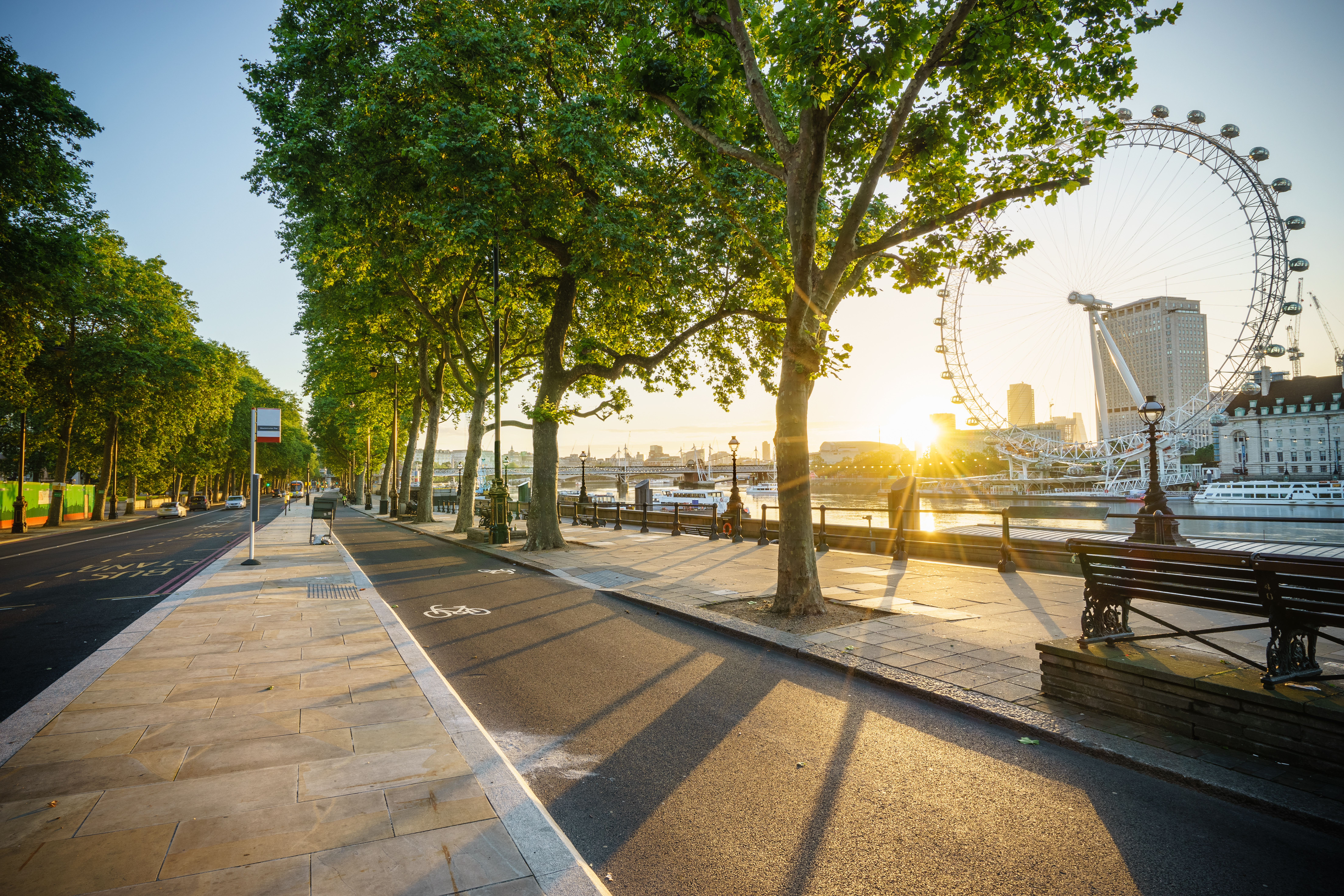Nature is for everyone – Not just for those that can afford it! By Sally Hayns
BLOG
At long last I think we have reached the point where there is widespread political and social acceptance that nature is good for us. The evidence is there for everyone to see. Nature benefits us environmentally, socially and economically. Access to nature supports our physical and mental wellbeing. Nature is GOOD. Nature is NECESSARY. Nature is FOR EVERYONE.
So, let’s move on to focusing on the last point – access for everyone. Many years ago, I was working for the City of London Corporation at Epping Forest, that amazing 12-mile stretch of historic former Royal Forest stretching from Wanstead in east London to Epping in Essex. We felt that we needed to have some articulation of the value of the Forest to people (to satisfy the holders of the purse strings), so we worked with consultants to undertake a ‘Quality of Life Capital’ study. The results were unequivocal: living close to the Forest and being able to see it regularly mattered. It was the backdrop to thousands of lives of local residents, even those who could not or did not wish to make much use of it.
There was little thought given back then by local residents of the role of the Forest as a ‘green lung’ to improve air quality, or its role in helping to mitigate a changing climate. But it mattered to people nonetheless. They wanted to be close to it. They even moved house to be next to it (but then complained about the leaves falling into their gardens!). Estate agents rubbed their hands with glee as they added on a percentage to the house value for being close to the Forest. House prices around the Forest went up. It started to feel a bit exclusive, rather than inclusive.
Thankfully we now understand the importance of (and opportunity for) factoring nature into design for new housing and other built infrastructure. Of creating it where people are, not where they can (but often don’t) get to. Planning policy and strategies routinely reference the need to create green and blue infrastructure, to take opportunities for biodiversity enhancement (e.g. through a biodiversity net gain approach) and to provide opportunities for access. Also, many developers ‘get it’. Of course, they see the marketing value of making people want to live in their homes or work in their office complexes, but they also see the value in being socially responsible and contributing to overall wellbeing so that local communities thrive.
As a result, there are some great examples of new developments and initiatives that are good for people and for nature: Woodberry Down in east London, Victory Oak near Ringwood and Scottish Natural Heritage’s (SNH) work with Architecture and Design Scotland and the Scottish Federation of Housing Associations to maximise green infrastructure in social housing, to name but a few.
Nevertheless, we have to recognise that there are still significant barriers to progress in this area. In my view the three key challenges are:
- Helping developers see the benefits and not just the costs of building in biodiversity.
- Supporting local planning authorities so they are equipped to play their part.
- Ensuring that environmental and ecological consultants know what they should be doing and do it well.
With regards to developers, understandably they are concerned about unknown costs. It is also a complete change of mindset from a situation where they are constantly reminded of the need to protect certain species at all costs, to one in which they (or their consultants) are expected to think about how they can create opportunities for nature. Intuitively, it would seem that the latter is going to be more expensive than the former, yet that is not necessarily the case. But, of course, we need to evidence this across a myriad of development scales, types and budgets.
The second challenge is perhaps the most frustrating. Most local planning authorities are woefully under-resourced and many lack the in-house ecological expertise to deal with biodiversity issues in development planning. How long have we been saying this for now? Is anyone listening? It is all well and good creating better policy instruments, but local authority planners need to understand what is required and, crucially, know what good looks like. Bad design proposals and poorly implemented designs will benefit no one. We do not want any government to claim credit for creating policy opportunities and then walk away from the challenges of delivery.
The third issue is one we need consultant ecologists and environmental managers to be aware of and to take some personal responsibility for. Again, the mindset, and to some extent the skill set, needs to shift from focusing only on defending protected species, to thinking about opportunities and involvement for nature in good project design at an early stage. Initiatives such as biodiversity net gain (BNG) will require this more and more – are you ready? Do you know how to use biodiversity metrics (and understand their limitations)? Do you know where your work will fit into a BNG process? Well if not, you need to – and quickly!
So yes, there are challenges to be overcome, but to go back to my original point, access to nature is for everyone, not just those who can afford to live near it. The current policy environment is creating opportunities for every development (well certainly every housing development) to include high quality access to nature for those that live there. The door is open for professional collaboration to ensure this happens and happens well. To quote a well-known space captain, let’s make it so.
Blog posts on the CIEEM website are the views and opinions of the author(s) credited. They do not necessarily represent the views or position of CIEEM. The CIEEM blog is intended to be a space in which we publish though-provoking and discussion-stimulating articles.
